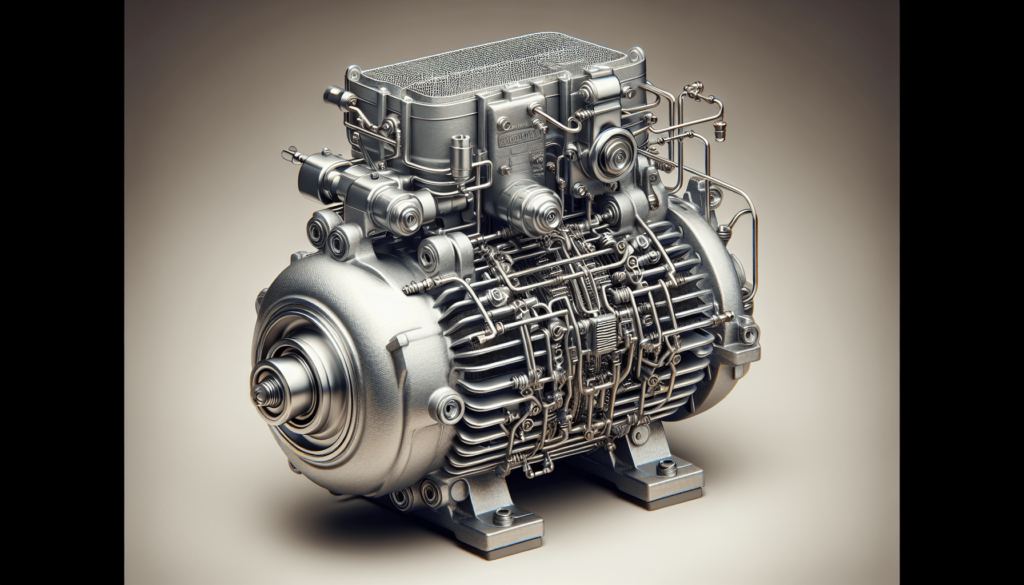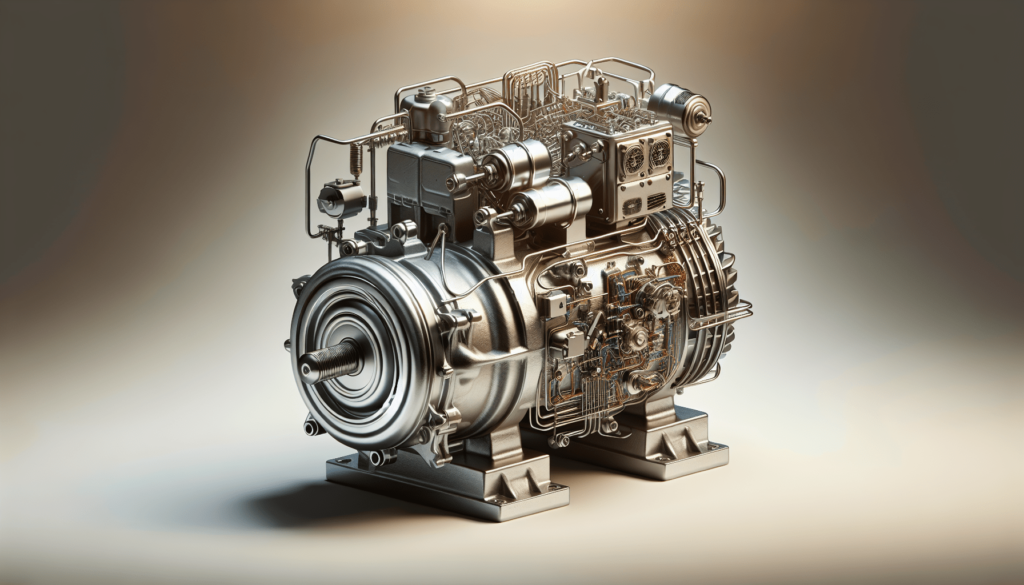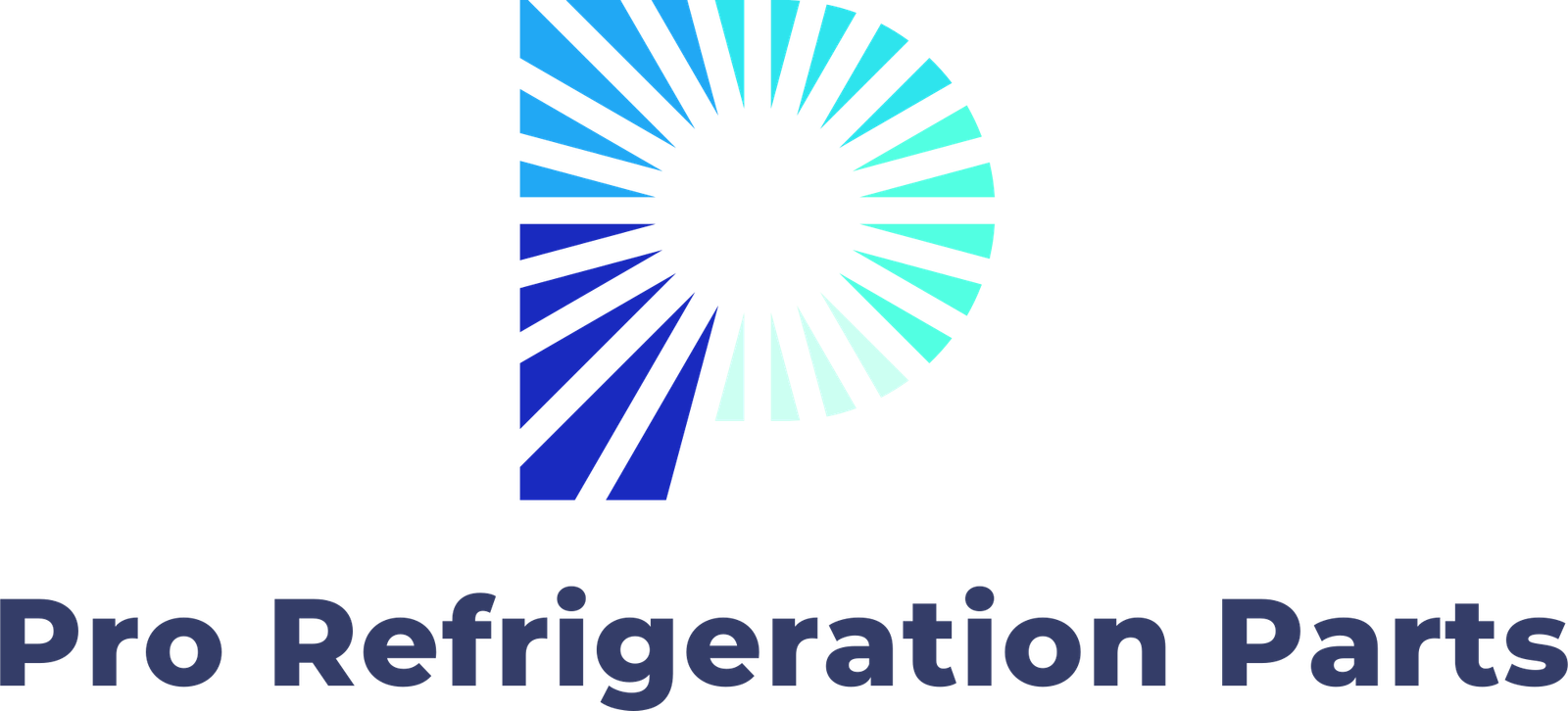Key Factors To Consider When Buying True Cooler Parts
Have you ever felt overwhelmed when trying to replace components of your True cooler? It can be a daunting task with so many parts and considerations involved. Understanding the key factors in selecting the right parts is essential for ensuring optimal performance and longevity of your cooler. This guide will help you navigate through those factors, allowing you to make informed and confident decisions.
Understanding Your True Cooler Model
Before diving into purchasing parts, you need to understand your specific True cooler model. Not all models share the same specifications or compatible parts, which can lead to frustrating mismatches if you’re not careful. Start by locating the model number, usually found on the manufacturer’s plate.
Why Model Identification Matters
Identifying your model allows you to:
- Find Compatible Parts: Manufacturers design components specifically for different models, so knowing yours helps narrow down your search.
- Understand Features and Specifications: Familiarize yourself with the features that your model offers. This can affect part choices that might enhance efficiency or usability.
- Access Documentation: Service manuals often provide useful diagrams and part numbers, making your search more straightforward.
Quality vs. Cost
When buying replacement parts, the price can be a significant factor. However, compromising on quality for a lower price can lead to issues down the line. Here’s why balancing quality and cost is so important.
Understanding the Trade-Off
- Cost-Effective Solutions: While it might be tempting to choose cheaper alternatives, remember that low-quality parts can fail prematurely, forcing you to spend more on replacements.
- Long-Term Investment: High-quality components may cost more upfront, but they usually last longer and perform better, providing more value in the long run.
Making Informed Choices
When evaluating part options, consider the following:
| Factor | Quality Parts | Cheap Parts |
|---|---|---|
| Lifespan | Longer lifespan; reduces replacement frequency | Shorter lifespan; more frequent replacements |
| Performance | Enhanced performance; better efficiency | May underperform; could cause operational issues |
| Warranty | Often comes with a warranty | Limited or no warranty |
| Customer Reviews | Generally positive feedback | Mixed reviews; often more complaints |

OEM vs. Aftermarket Parts
You will often come across two main types of replacement parts: OEM (Original Equipment Manufacturer) and aftermarket. Each has its pros and cons, which can significantly affect your choice.
What are OEM Parts?
OEM parts are produced by the manufacturer of your cooler, ensuring a perfect fit and match in quality.
Benefits of OEM Parts
- Perfect Compatibility: Designed specifically for your model, reducing the chances of installation issues.
- Performance Reliability: Since they are made by the original manufacturer, they are expected to perform as intended.
What are Aftermarket Parts?
Aftermarket parts are produced by third-party manufacturers and might offer alternative solutions for your cooling needs.
Benefits of Aftermarket Parts
- Cost Savings: Often, aftermarket parts come at a reduced price compared to OEM.
- Variety: Aftermarket options may provide enhanced features or different performance specifications.
Making the Right Choice
Ultimately, your choice between OEM and aftermarket will depend on budget, compatibility, and desired features.
Availability of Parts
Having access to the necessary parts for your True cooler is crucial. Before purchasing, check whether they are readily available.
Where to Find Replacement Parts
- Authorized Dealers: The most reliable source for both OEM and approved aftermarket parts.
- Online Retailers: Many reputable websites offer a wide selection of parts, often with customer reviews to help guide your choice.
- Local HVAC Suppliers: Don’t overlook local suppliers who may offer competitive pricing.
Considerations for Availability
| Source | Pros | Cons |
|---|---|---|
| Authorized Dealers | Guaranteed authenticity; professional assistance | Often higher prices |
| Online Retailers | Convenient; often lower prices | Risk of receiving duplicates or second-rate parts |
| Local HVAC Suppliers | Community support; personalized service | Limited stock or variety |

Installation Challenges
Installing true cooler parts can be straightforward, but some factors can complicate the process. Understanding these challenges in advance can save you time and frustration.
Common Installation Issues
- Incompatibility: Using wrong or poorly fitted parts can lead to operational failures.
- Complexity of Parts: Some components might require specific installation techniques or tools.
- Sealing Problems: Failing to seal properly can cause leaks or diminished performance.
Tips for Successful Installation
- Follow Manufacturer’s Guidelines: Always consult the manual for specific installation steps.
- Utilize Online Resources: Video tutorials and forums can provide additional guidance and tips.
- Inspect and Test: After installation, conducting tests ensures everything is functioning well before regular use.
Maintenance of Parts
Maintaining your True cooler is essential for prolonging the lifespan and efficiency of its parts. Regular maintenance goes hand in hand with your choice of quality parts.
Importance of Maintenance
Proper maintenance:
- Enhances Performance: Regular cleaning and checks help maintain optimal functionality.
- Prevents Costly Repairs: Identifying wear and tear early can prevent bigger issues and expenses later on.
Key Maintenance Practices
| Practice | Frequency | Benefits |
|---|---|---|
| Cleaning Coils | Monthly | Improves heat exchange; increases efficiency |
| Checking Seals | Every 3 months | Prevents leaks; maintains temperature |
| Inspecting Electrical Parts | Bi-annually | Ensures safe operation; detects failures early |
Warranty Considerations
When purchasing replacement parts, warranty options should be at the forefront of your mind. Warranties can provide peace of mind against potential defects.
Understanding Warranties
- Type of Warranty: Be clear on what the warranty covers. Many only cover manufacturing defects and do not cover wear and tear.
- Duration: Pay attention to how long the warranty lasts and what conditions you must adhere to maintain it.
Using Warranties Effectively
- Keep Receipts: Always document your purchases to ensure warranty claims are valid.
- Follow Guidelines: Adhering to installation and maintenance guidelines is crucial for warranty coverage.
- Understand Claim Process: Familiarize yourself with how to make warranty claims if necessary to avoid delays or misunderstandings.
Assessing Your Needs
Understanding your specific needs can greatly influence the kinds of parts you choose. You might prioritize different features depending on your usage requirements.
Factors to Consider
- Frequency of Use: A cooler used daily may require higher-quality parts than one that’s used occasionally.
- Desired Efficiency: You might want parts that improve energy efficiency, especially if energy bills are a concern.
- Climate Conditions: If you live in an area with extreme temperatures, you’ll need to invest in robust parts.
Tailoring Choices to Fit
Spend some time reflecting on how you use your cooler. This introspection can guide your choices in parts and maintenance.
Seeking Expert Advice
Sometimes, reaching out for professional advice can save you time and money.
Where to Seek Help
- Manufacturer Support: Many manufacturers offer customer assistance and expert guidance.
- HVAC Professionals: Local HVAC experts can provide valuable insights into parts and installations specific to your cooler type.
- Online Forums and Communities: Engaging with users who have similar models can yield practical advice and recommendations.
Benefits of Expert Guidance
- Knowledge Base: Professionals bring years of experience, allowing you to avoid common pitfalls.
- Custom Solutions: They can suggest custom solutions that best cater to your specific cooler needs.
Tracking Replacement Schedules
Keeping a record of when you replace parts is vital for ongoing maintenance and performance evaluation.
Importance of Record-Keeping
- Planning Future Replacements: By knowing when parts were last replaced, you can proactively schedule future maintenance.
- Budgeting for Expenses: Documenting replacement costs can help you forecast upcoming expenses.
Creating a Schedule
| Component | Replacement Frequency | Next Scheduled Replacement |
|---|---|---|
| Compressor | Every 5-7 years | TBD |
| Evaporator Fan | Every 3-5 years | TBD |
| Thermostat | Every 5-7 years | TBD |
Conclusion
Navigating the world of True cooler parts can seem overwhelming, but understanding these key factors can make the process easier. By considering model compatibility, balancing quality and cost, and keeping maintenance schedules, you can ensure your cooler operates efficiently for its entire lifespan. Whether you’re replacing worn-out components or planning for future enhancements, taking a thoughtful approach will lead you to make informed and beneficial choices for your cooler needs.
As you embark on this journey, remember to keep your specific needs in mind, seek expert advice when necessary, and document your efforts. This proactive mindset will ensure that your True cooler continues to serve you well for years to come.
